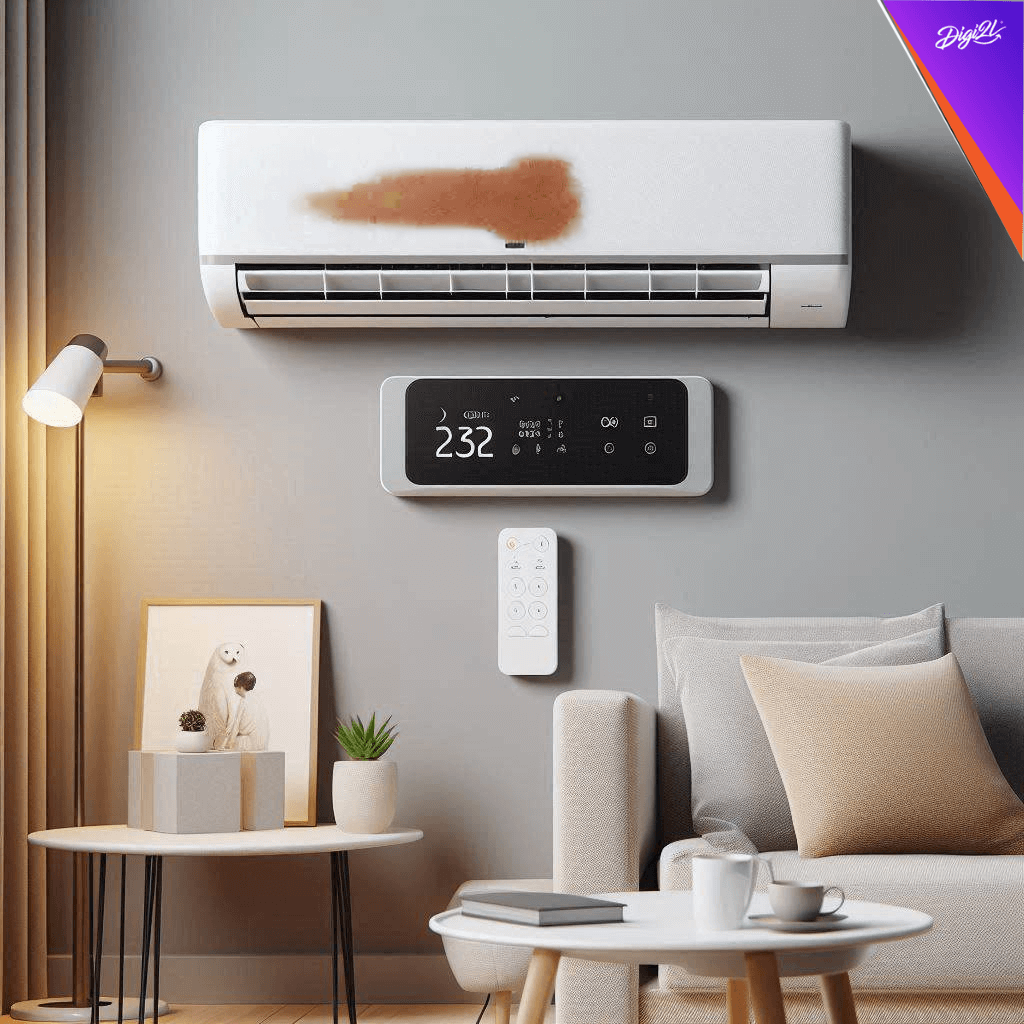
The process behind refurbishing appliances: How they are renewed and certified
Refurbishing appliances involves a comprehensive process aimed at renewing pre-owned machines to deliver optimal performance and reliability. It all begins with a thorough inspection and evaluation, where experienced technicians assess the appliance’s condition, identifying any defects or malfunctions that need addressing. Once inspected, the appliance undergoes disassembly, allowing technicians to access internal components for cleaning, repair, or replacement. Cleaning and sanitization are pivotal in the refurbishment process, ensuring that the appliance is free from dirt, grime, and contaminants. Faulty or damaged parts are repaired or replaced with genuine components to restore functionality and longevity. Rigorous testing and calibration follow, where each feature and function of the appliance is meticulously assessed to ensure it meets manufacturer specifications. Quality assurance is paramount, involving stringent checks to verify reliability, safety, and durability. Once certified for resale, the appliance is backed by a warranty, offering consumers peace of mind and assurance of quality. Packaging and presentation are carefully handled to protect the appliance during transit and provide clear information about the refurbishment process, certification, and warranty. Overall, refurbishing appliances is a meticulous endeavor that not only extends the lifespan of pre-owned machines but also offers consumers an eco-friendly and cost-effective alternative to purchasing new appliances. By choosing refurbished appliances, consumers contribute to environmental sustainability by reducing waste and conserving resources. Moreover, they benefit from significant cost savings without compromising on quality or performance. Refurbished appliances offer a win-win solution, aligning with the growing demand for sustainable and budget-friendly consumer choices.
In an era where sustainability and cost-effectiveness are at the forefront of consumer consciousness, the demand for refurbished appliances continues to soar. Refurbished appliances offer a unique proposition: the opportunity to own high-quality products at a fraction of the cost of new ones, all while contributing to environmental conservation by reducing waste. But what exactly goes on behind the scenes to refurbish these appliances? How are they renewed and certified to ensure they meet stringent quality standards? Let’s delve into the intricate process that breathes new life into these pre-loved machines.
- Inspection and evaluation: The journey of refurbishing appliances begins with a comprehensive inspection and evaluation. Experienced technicians meticulously examine each appliance, assessing its functionality, structural integrity, and overall condition. This step is crucial in identifying any defects, damages, or malfunctions that need to be addressed during the refurbishment process.
- Disassembly: Once the inspection is complete, the appliance is carefully disassembled to its core components. This disassembly phase allows technicians to access internal mechanisms, such as motors, circuits, and heating elements, for thorough cleaning, repair, or replacement.
- Cleaning and sanitization: Cleaning is an essential aspect of refurbishing appliances, not only for aesthetic purposes but also for hygiene and safety. Parts and components are meticulously cleaned and sanitized using specialized solutions and equipment to remove dirt, grime, and any residual contaminants accumulated over time.
- Repair and replacement: During the refurbishment process, any faulty or damaged parts are repaired or replaced with genuine components to ensure optimal performance and longevity. This may involve fixing electrical wiring, replacing worn-out seals, or installing new motors or heating elements, depending on the specific requirements of each appliance.
- Testing and calibration: After repairs and replacements are made, the appliance undergoes rigorous testing and calibration to verify its functionality and performance. Technicians meticulously test each feature and function, ensuring that the appliance operates seamlessly and meets the manufacturer’s specifications.
- Quality assurance: Quality assurance is paramount in the refurbishment process. Appliances are subjected to stringent quality checks to ensure they meet high standards of reliability, safety, and durability. This involves conducting comprehensive inspections, performance tests, and quality control measures to identify and rectify any remaining issues or defects.
- Certification and warranty: Once the refurbishment process is complete and the appliance meets all quality standards, it is certified for resale. Certification assures consumers that the refurbished appliance has undergone thorough testing and refurbishment, and it is backed by a warranty, providing peace of mind and assurance of quality and reliability.
- Packaging and presentation: The final step in the refurbishment process involves packaging the appliance for resale. Careful attention is paid to packaging and presentation to ensure that the appliance is protected during transit and arrives in pristine condition. Clear labeling and documentation are provided to inform consumers about the refurbishment process, certification, and warranty. In conclusion, the refurbishment process is a meticulous and multi-faceted endeavor that involves careful inspection, repair, testing, and certification to breathe new life into pre-owned appliances. Through this process, refurbished appliances are renewed to deliver optimal performance, reliability, and value, offering consumers an eco-friendly and cost-effective alternative to purchasing new appliances. By choosing refurbished appliances, consumers not only save money but also contribute to environmental sustainability by reducing waste and extending the lifespan of products.






